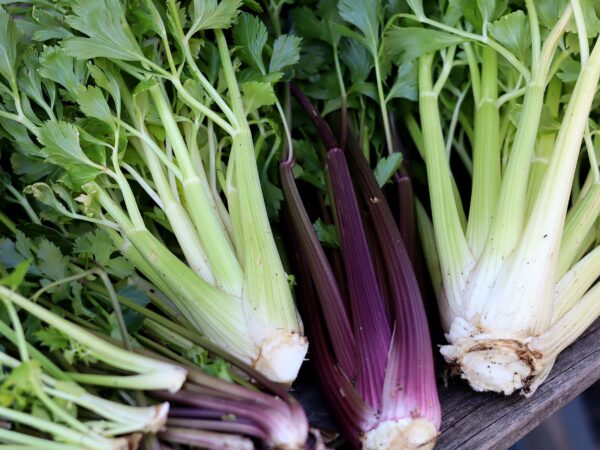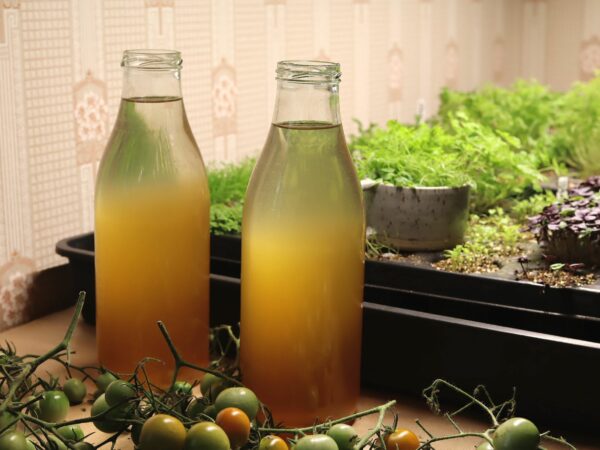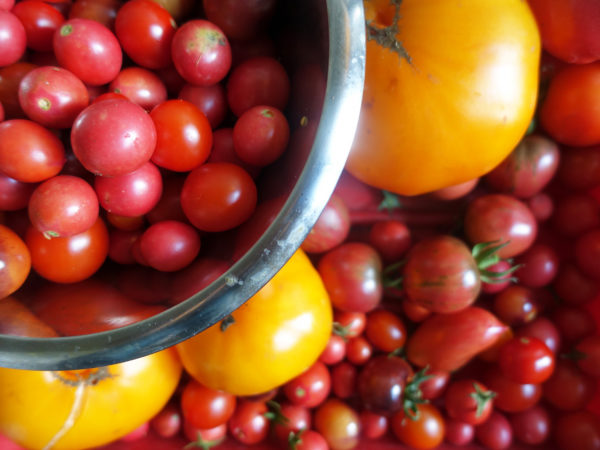Using bokashi compost in your garden
One of the best gardening decisions I've made is to start using bokashi. This method is so effective and easy. Give it a try!

This is how bokashi compost looks like when it is time to put into the ground.
For me bokashi started as an experiment. I thought that the bokashi method seemed really interesting and decided to give it a try. To my surprise, I managed to convert almost 300 gallons of food waste into compost in the first six months. How did this happen?
I started using bokashi a few years back when I realized that we really needed to start doing hot composting. We were turning the compost heap and suddenly discovered a mouse nest. It was quite unexpected. My children started chasing the baby mice across the yard and the whole experience was just a bit too much.
At this point, I was completely set on doing hot composting instead. But then I heard about this new trend that everyone was talking about: bokashi. I was skeptical at first but my friends in the gardening community talked me into giving it a try. I did, and I've been hooked ever since.
Watch the video to get to know more about what bokashi is:
The biggest advantage of using bokashi is that I can simply dig down my food scraps (after about two weeks in buckets) directly in my garden beds, or get started on my own little soil factory elsewhere. The waste will turn into soil in just a few weeks. It almost sounds too good to be true, but it actually works! This means that I don't have to do as much work in the garden since the soil is created right there in my garden beds.
Bokashi works!
I want to give you an idea of how efficient this method actually is. We're quite a large family and we produce a lot of food waste. On top of that, I also compost toilet paper (only used for no 1 of course) and all of the scraps from the green grocer in the village where I live. All of this added up to almost 300 gallons of compost in the first six months. It's crazy!
In this video I will show you how fast bokashi turns into soil:
In the beginning, I also started collecting grass clippings and leaves in autumn. I then put the mix in my pallet collar raised beds together with bokashi compost. This became my own little soil factory. The material started to heat up and later turned into top quality soil. Since then, I have also bought a special bucket for my bokashi project. The bucket has a spigot that drains the fluid from the mix, so you don't have to use for example newspapers to absorb it. This means that you can put even more material in your bucket and it's also a lot easier to fill it. I then started using the bokashi juice as fertilizer.
What about the toilet paper then, doesn't it smell? Actually, it doesn't! We go through a lot of toilet paper in our family and using the paper this way has actually been beneficial in so many ways. When I started using toilet paper, we actually didn't have to empty our septic tank as often anymore. So it's both convenient and saves us some money!
Using bokashi and making sure to mulch means that I don't need to have a separate compost pile anymore. It's great! Why not give it a try?
/Sara Bäckmo
13. December 2022



Leave a Reply
You must be logged in to post a comment.